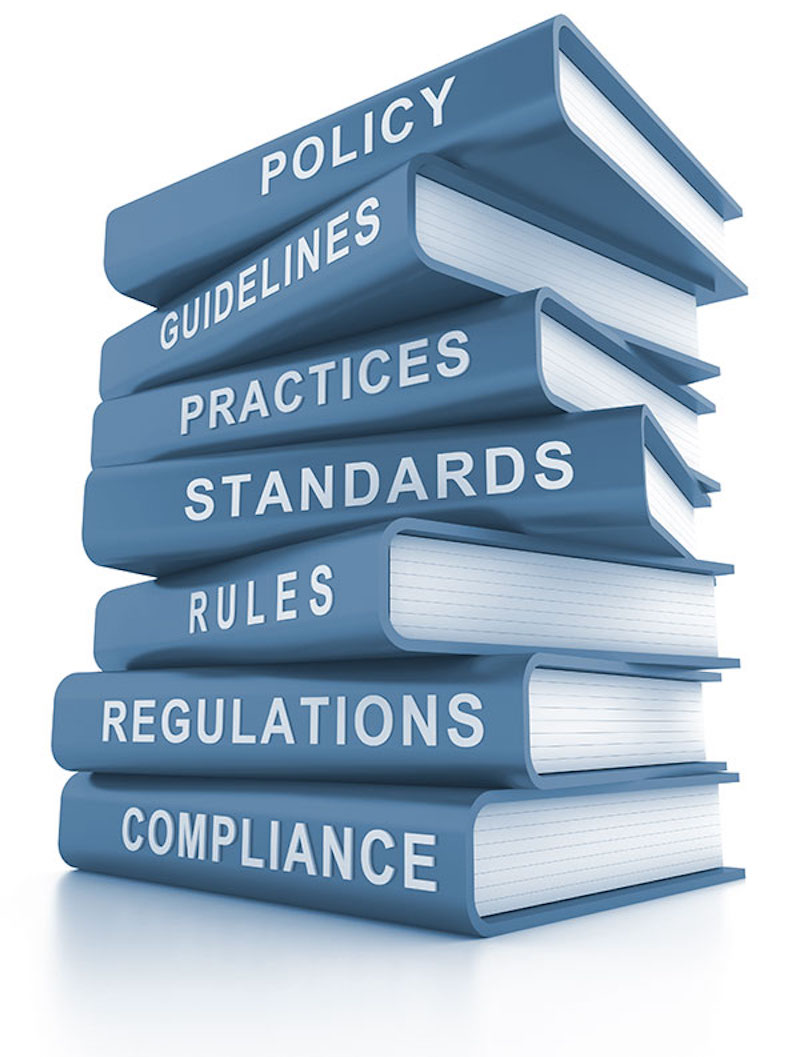
Do we really need a professional translator for instruction manuals?
Whether we like it or not, it is a well-established fact that we need instruction manuals. Indeed, in some instances it may be a legal requirement for the manufacturer of the product to supply one.
In fact, numerous directives in Europe, the US and much of the rest of the world make it compulsory to provide information, most often in the form of an instruction manual.
Manuals are necessary for just about all categories of products and services. But one of the common questions that arises is: How clear and easy to use is the manual?
Typically, instruction manuals are densely packed with text that is often dry and technical in style, and therefore quite difficult or frankly boring to read. But they don’t have to be – a good translation service provider can make sure that it’s not.
The next logical question that pops up is around the safety aspects of a manual, especially when it’s translated from one language to another: How exact is that translation?
During the manufacturing process, each component or part has a function and specific instructions for use, and they could be from a variety of different countries. It can get a little complicated. One component could be designed in Germany, another may be manufactured in Bangladesh, and yet another in Holland.
That’s the involvement of three languages right there. We haven’t even made the product yet, let alone produce a manual. This is where the need for translation begins.
Google Translate can be helpful but has numerous shortcomings. Another option might be someone in the office who speaks one or two of the languages required and the manual will land on this person’s desk with a yellow Post-it note with the words “Translate this please” written on it. A manufacturer would probably be inclined to use the services of in-house staff because it’s the cheapest and most available option.
However, what is often overlooked is the complexity and subtleties of each language.
Language is vibrant, colourful, exuberant, vivid and concise. Each language has its own shades of nuances which enhance how we experience what we read or hear.
Not only can well-written language provide intense pleasure, as in fiction, but more importantly it provides clarity and precision – and these qualities are essential in an industrial manufacturing manual.
Rather than risk the unsafe use of a product or potentially take on any legal liability, it pays to engage the services of a professional translator.
Spofforth Translation Services specialises in industrial and mechanical engineering and business translations in the combination of English, French and German. The company understands the dynamics of bringing a product to market in various countries and regions. It also has the insight and linguistic skills necessary to make the product shine in the correct wording and accurately translate any documentation to sharp clarity.
Spofforth offers a no-nonsense approach. It’s a friendly, efficient service which also offers you the directness of always dealing with the same person and you are avidly listened to. Essential proofreading, transcription and conversion of manuals to digital notes services are also available.
Many of us at one time or another have picked up a manual or instructions on how to install a device or put together a piece of flatpack furniture and either blessed the simplicity or cursed the manufacturer, but have we ever really given it much thought?
In all reality, probably not. In this day and age, there is an unwritten law of expectation that a product needs to come with clear instructions. If not, we are likely to be inspired to have a good grumbling session about how the world has gone to Hell in a handbasket and resort to Google or a YouTube video for directions and guidance.
It goes without saying that all products and equipment have to be assembled or installed and in all fairness, instructions manuals for manufacturers like IKEA have actually been made foolproof by omitting the use of words. All we have to do is follow diagrams and the sequence. Even then, we’ve been known to mess it up and have to start over again!
Not following instructions for many products has consequences. With flatpack furniture, this means restarting the build. Maybe causing slight damage to the product because we’ve used screw C instead of screw E which is 3 mm smaller, and re-doing it means the fit will be slightly off now – well, by 3 mm to be exact.
With furniture or products with visual manuals, it’s simple enough: Engage brain, focus, follow the steps and you shall have a perfectly aligned result. However, the world is a more complex place now and our devices come with tiny incy wincy little manuals that require a magnifying glass to read the instructions in the 10 languages it is written in.
But as long as it is legible, professionally translated and consistent with legal requirements, your obligations to the end user – as the manufacturer or supplier of the product – will be met.
